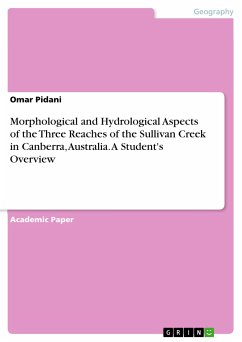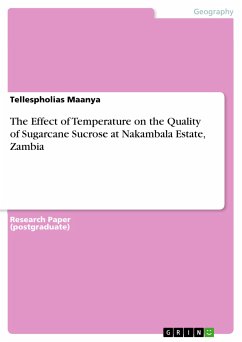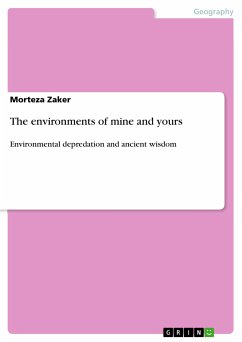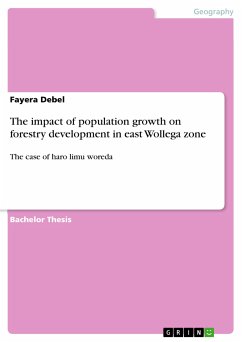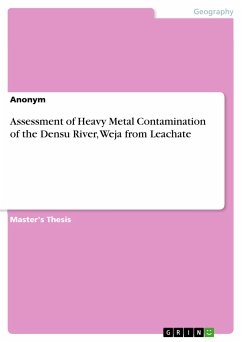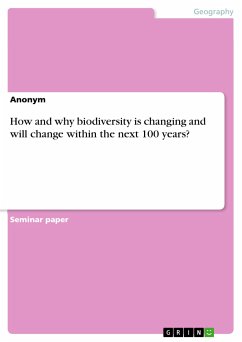Academic Paper from the year 2008 in the subject Geography / Earth Science - Physical Geography, Geomorphology, Environmental Studies, grade: High Distinction, The Australian National University (Fenner School of Environment and Society), course: SRES6007 Hydrology and Natural Resource Management, language: English, abstract: This field report was conducted in 2008 as part of the requirements for hydrology and natural resource management course offered at the Fenner School of Environment and Society and is aimed at describing the morphological and hydrological features of several reaches of the Creek at that time. This study is aimed at familiarizing students with sampling techniques for water quality and stream flow (inclusive flow velocity), and analysis of the data collected. The main objectives of this field observation are: To assess the stream condition based on its water quality and loading ability of the stream. To understand various factors that may contribute to the water quality (physical, biological and chemical properties) and stream flow (surface flow, base flow, vegetative covers, anthropogenic factors, channel, shape and structure, etc) To compare water quality parameters in the 3 reaches, namely at constructed and instream wetland at David Street O’Connor, the concrete line section from David Street wetlands to Barry Drive Gross Pollutant Trap (GPT) and the earthen channel from Barry Drive to Lake Burley Griffin.
